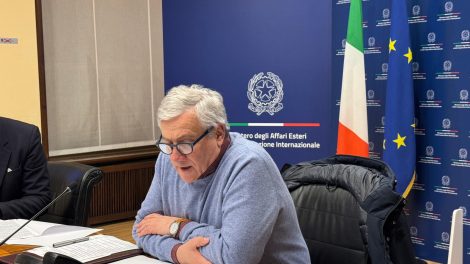Jeeps won’t be made in China. Stellantis, a multinational automaker, decided to end its joint venture with China’s State-owned Guangzhou Automobile Group (GAC), which would have set up local Jeep production plants.
- The company announced the move on Monday morning. Stock markets reacted positively, boosting the group’s stock up 1.6%.
A faltering endeavour. The GAC-Stellantis joint venture, established in 2010, has been running at a loss for years. The Western group accounts for less than 1% of the Chinese car market, and lately the Chinese partners have closed three factories due to overcapacity.
Walking away. Tensions went up in early 2022 when Chinese counterparts (including the government) put the brakes on Stellantis’ willingness to increase its shareholding. It tried again in March, aiming to increase its share from 50% to 75%. That plan has now officially foundered due to a “lack of progress,” Stellantis noted.
- In coordination with GAC, Stellantis will proceed with the “orderly cessation of local Jeep production” and, on its part, will focus on strengthening the import of electric models.
- The Western group announced it would acknowledge a €297 million write-down in its results for the first semester of 2022.
Walking away, part 2. This announcement comes only days after Stellantis signalled it had agreed with another Chinese partner, Dongfeng Motor to buy back its shares.
- The Chinese group owns 99.2 million ordinary shares, accounting for 3.16% of its share capital.
- This confirms rumours about Dongfeng’s willingness to exit the partnership. The company had already sold 36.1 million Stellantis shares in 2019.
Going “asset-light”. That’s Stellantis’ purported strategy for the Chinese market, as it remarked in the 2030 plan, presented in March, and Monday morning’s press release.
- By simplifying the corporate structure, the group aims to achieve €20 billion in Chinese revenues by the decade’s end.
- That’s quite the leap considering that the company raked in a total of €3.9 billion from China, India, and the Asia Pacific region in 2021.





